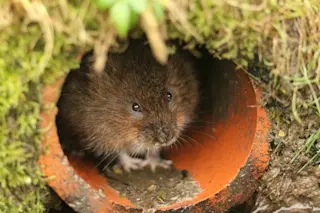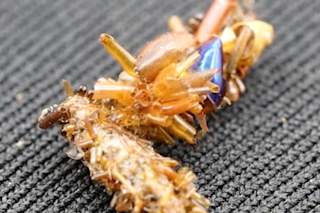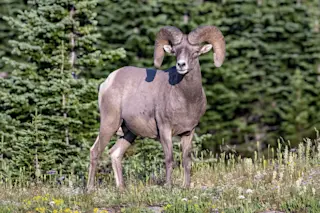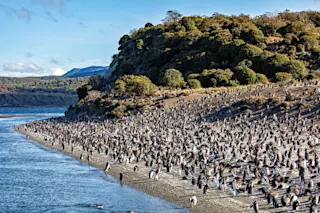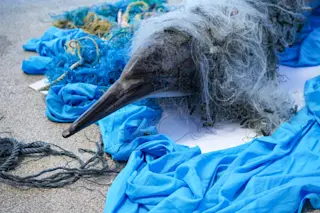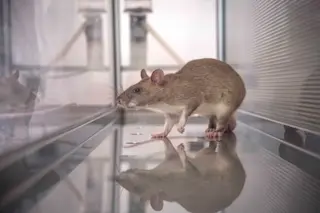Marius the Giraffe (post-mortem, pre-necropsy). Photo by Peter Hove Olesen/The Associated Press A lot of internet outrage has been directed at the Copenhagen Zoo in the past week after they euthanized a young giraffe because his genes were too common. From what I've seen, there are a lot of misconceptions about what happened, and
a lot
of hyperbolic statements are being thrown around about the event. The different decisions made by the zoo are being mushed together to tell one nightmarish tale, with adjectives like “barbaric” and “cabalistic” used to describe the so-called "entertainment." But did the zoo really just hack a baby giraffe to bits to amuse its (clearly deranged) visitors? Let’s start from the end and work our way back to the beginning of the story. The Giraffe Meat Was Fed To The Lions Many people are upset that the remains were fed to the lions. But let’s ...



